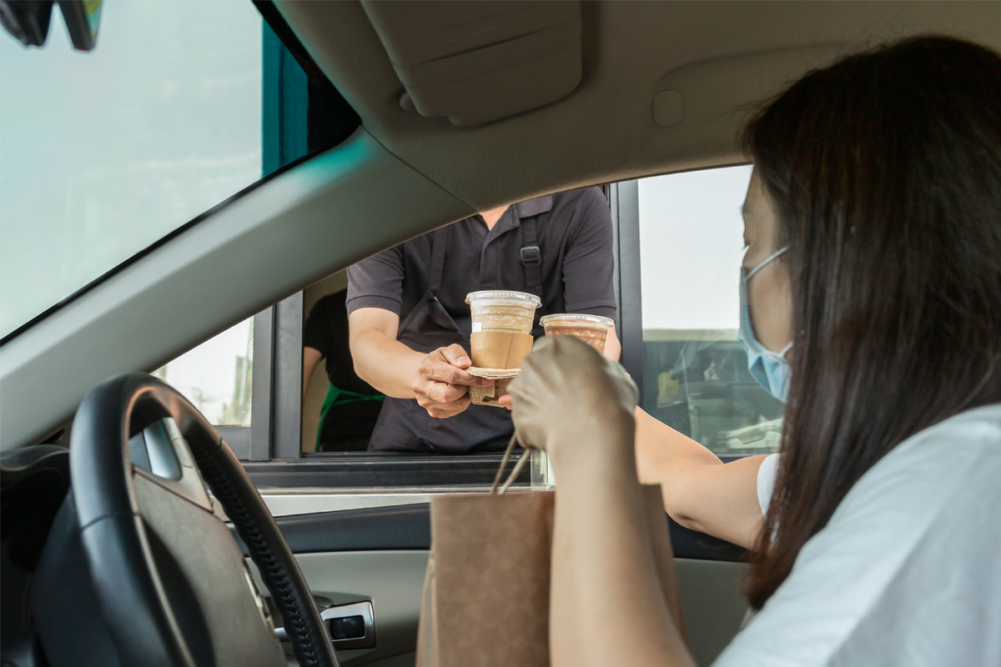KANSAS CITY — While labor shortages and supply chain disruptions are the most pressing near-term difficulties facing foodservice operators, long-term challenges accelerated by COVID-19 may be of greater significance. Many market shifts caused by the pandemic are turning out to be structural rather than transitory and are proving to be increasingly consequential to where consumers eat and how they regularly engage with restaurants.
It would be inaccurate to say consumers no longer want on-premises dining, but for many chains it is becoming less important. This transition means resources must be shifted to digital formats more conducive to consumer preferences, particularly those of younger consumers.
The good news is consumers are more frequently engaging with restaurants. Data published by The NPD Group, Chicago, in December showed the impact of students returning to school, some offices reopening and people being more comfortable engaging in out-of-home activities was positive. From September 2021 through November 2021, online and physical visits to restaurants for breakfast increased 11% compared to a 10% decline during the same period in 2020. Even more encouraging is breakfast traffic for the period in 2021 was the same level as it was in 2019.
Lunch business improved by 4% during the reported period compared to 2020 when visits were down 11%, so it was beginning to recover but still 7% below pre-pandemic levels, according to NPD’s tracking of the US foodservice industry. On-premises dining also was seen recovering, but despite the gains, on-premises dining traffic levels for all dayparts were well below pre-pandemic levels, NPD said.
A survey published by the National Restaurant Association on Feb. 1 highlighted the challenges facing operators. In the long term, online ordering for delivery and takeout should continue to increase in 2022, according to the report. The changing consumer preferences are forcing operators to adapt and become more digitally savvy.
The evidence may be seen in actions taken by some of the restaurant industry’s largest companies. At Starbucks Corp., Seattle, drive-thru and mobile ordering accounted for approximately 70% of US company-operated store sales during the first quarter ended Jan. 2, the company said, and was up 15% over pre-pandemic levels. Management expects the growth trend to continue.
Yum! Brands, Inc., Louisville, Ky., has been aggressive in bolstering its digital capabilities. In 2021, the owner of Kentucky Fried Chicken, Pizza Hut and Taco Bell agreed to acquire Dragontail Technologies, a food preparation company that automates kitchen flow, driver dispatch and custom order tracking. Yum! also has acquired two startups. Tictuc, Tel Aviv, Israel, enables consumers to order food from messaging and social media apps, and Kvantum, Plano, Texas, leverages artificial intelligence to generate marketing performance insights and consumer analytics.
Rationales for such investments may be found in the NRA survey. Among the US adults who responded, 54% said purchasing takeout or delivery food is essential to the way they are living. The percentages were higher for millennials at 72% and Gen Z at 66%.
Six months into the pandemic a common insight was that stay-at-home orders accelerated retail e-commerce growth by five or six years. It would be a mistake to think the same thing is not happening in foodservice, and it is imperative for operators and their suppliers to adapt to an emerging new normal.





